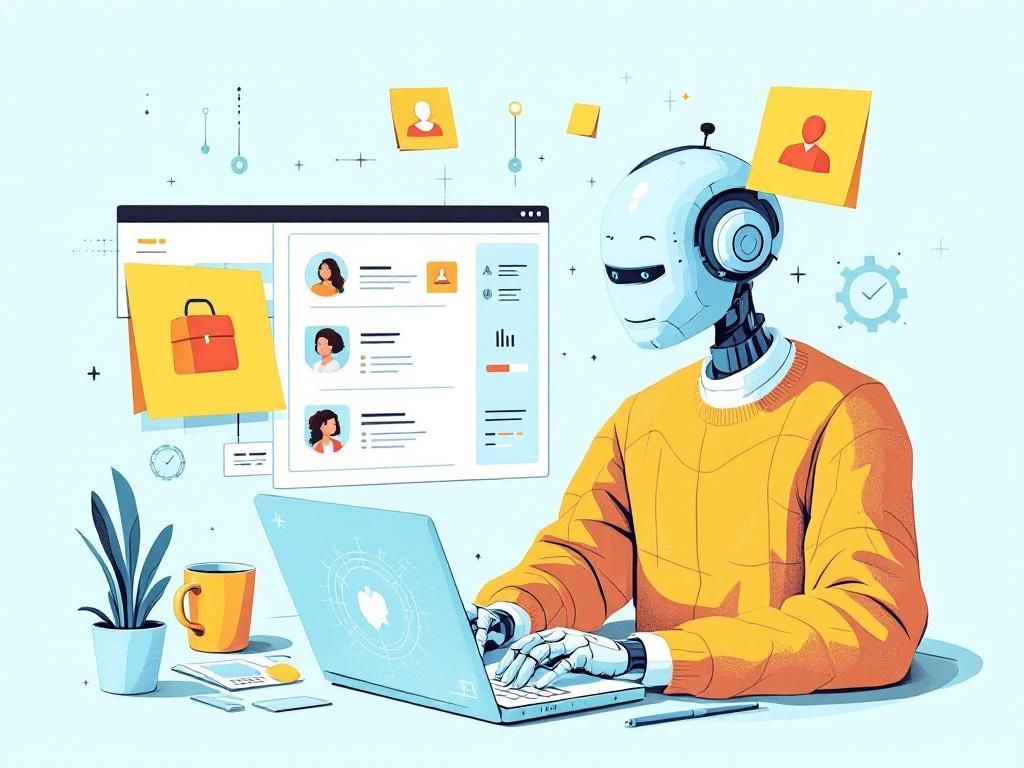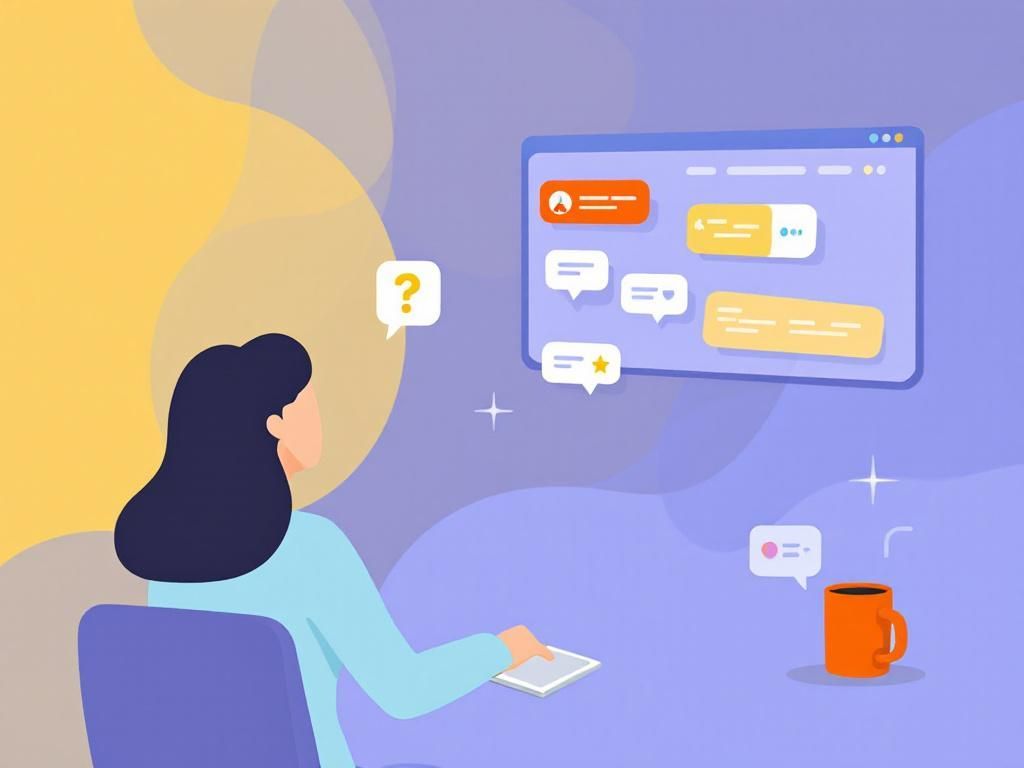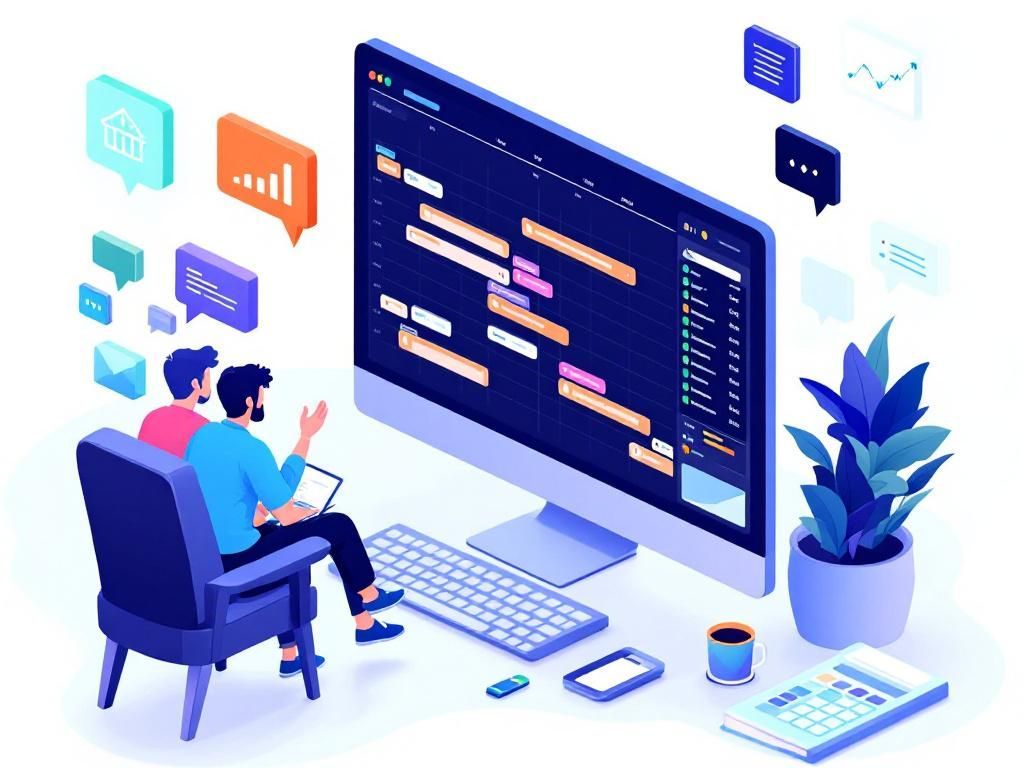In the fast-paced world of modern business, maximizing team productivity is paramount. With teams often scattered across different locations and time zones, scheduling meetings and managing calendars can quickly become a logistical nightmare. Enter AI scheduling—a revolutionary approach that leverages artificial intelligence to optimize how teams coordinate their time. In this article, we’ll delve into the intricacies of AI scheduling, its benefits, the technology behind it, and how to implement it effectively within your organization.
Understanding AI Scheduling
AI scheduling refers to the use of artificial intelligence tools and algorithms to manage and optimize meeting scheduling, resource allocation, and overall calendar management. By analyzing data and learning from past interactions, AI scheduling tools can automate the process of finding suitable meeting times, sending invites, and even managing follow-ups.
How AI Scheduling Works
At its core, AI scheduling employs a combination of machine learning, natural language processing (NLP), and data analytics to streamline scheduling. Here’s how it typically works:
- Data Collection: The AI collects data from various sources, including calendars, email interactions, and user preferences.
- Preference Analysis: The system learns individual and team preferences—such as preferred meeting times, duration, and frequency.
- Conflict Resolution: AI algorithms analyze conflicts in schedules and suggest alternative times based on availability.
- Automated Communication: Once a meeting is confirmed, the AI can automatically send out invitations and reminders, reducing administrative burden.
Benefits of AI Scheduling
Implementing AI scheduling tools can provide numerous advantages for teams looking to enhance their productivity:
- Time Savings: Automating the scheduling process saves time for employees who would otherwise spend hours coordinating calendars.
- Increased Availability: AI can identify optimal meeting times that accommodate everyone’s schedules, leading to higher attendance rates.
- Improved Decision-Making: With timely meetings and fewer scheduling conflicts, teams can make decisions more efficiently.
- Enhanced Collaboration: AI tools can suggest meeting agendas based on past meetings, ensuring that discussions are focused and productive.
Real-World Examples of AI Scheduling Tools
Numerous companies have embraced AI scheduling tools to streamline their operations. Here are a few notable examples:
| Tool Name | Key Features | Ideal Use Case |
|---|---|---|
| Calendly | Automated meeting links, integrations with calendar apps, customizable availability | Scheduling one-on-one meetings |
| X.AI | Natural language processing, AI assistant for email scheduling | Complex meeting scheduling with multiple participants |
| Clockwise | Team scheduling optimization, focus time allocation | Enhancing productivity in tech companies |
Integrating AI Scheduling into Your Workflow
To successfully implement AI scheduling within your team, consider following these steps:
- Assess Needs: Understand your team’s specific scheduling challenges and what you hope to achieve with AI.
- Choose the Right Tool: Evaluate various tools based on features, ease of use, and integration capabilities.
- Train Your Team: Provide training sessions to ensure everyone is comfortable using the new scheduling tool.
- Monitor and Adjust: After implementation, gather feedback and adjust settings to optimize the tool for your team’s needs.
Challenges to Consider
While AI scheduling offers remarkable benefits, there are potential challenges to keep in mind:
- Data Privacy: Ensure that the AI tool complies with data protection regulations to safeguard sensitive information.
- Dependency on Technology: Relying too heavily on technology can create disruptions if the system fails or experiences downtime.
- Change Management: Resistance to new technology may occur; manage transitions effectively to ensure smooth adoption.
Future Trends in AI Scheduling
As technology continues to evolve, so will AI scheduling tools. Here are some trends to watch for:
- Enhanced Personalization: Future tools are likely to offer more personalized scheduling experiences based on individual behaviors and preferences.
- Integration with Project Management Tools: Expect better integration between scheduling software and project management platforms to streamline workflows further.
- Advanced Analytics: AI will provide deeper insights into scheduling patterns and team productivity, enabling more informed decision-making.
Conclusion
AI scheduling is rapidly transforming how teams manage their time and meetings, offering opportunities for increased productivity and improved collaboration. By adopting these innovative tools, organizations can save time, enhance decision-making, and ultimately focus on what truly matters—achieving their goals. As businesses continue to adapt to a more digital and remote landscape, the integration of AI scheduling into daily workflows will become not just an advantage but a necessity for sustained success.
FAQ
What is AI scheduling and how does it enhance team productivity?
AI scheduling utilizes artificial intelligence to automate and optimize scheduling tasks, allowing teams to focus on their core activities and improve efficiency.
How can AI scheduling tools help in managing team calendars?
AI scheduling tools can analyze team availability, preferences, and workload to create optimal meeting times, reducing scheduling conflicts and improving collaboration.
What are the benefits of using AI scheduling for remote teams?
AI scheduling helps remote teams coordinate across different time zones, streamline meeting setups, and enhance communication, leading to increased productivity.
Can AI scheduling integrate with existing calendar systems?
Yes, most AI scheduling tools can seamlessly integrate with popular calendar systems like Google Calendar and Microsoft Outlook, ensuring a smooth user experience.
Is AI scheduling suitable for small businesses?
Absolutely! AI scheduling is beneficial for businesses of all sizes, as it saves time and reduces the administrative burden of manual scheduling.
How does AI scheduling improve employee work-life balance?
By optimizing schedules and reducing unnecessary meetings, AI scheduling allows employees to have more control over their time, contributing to better work-life balance.




